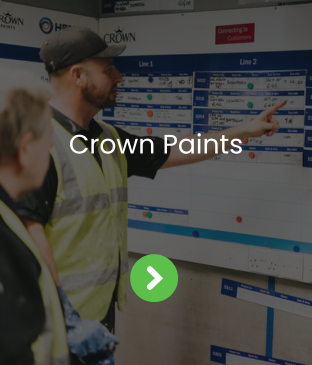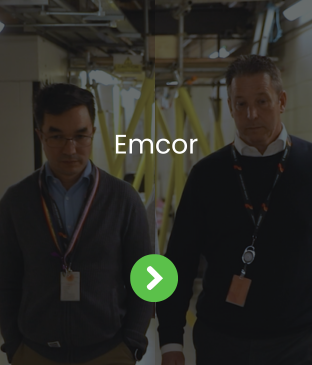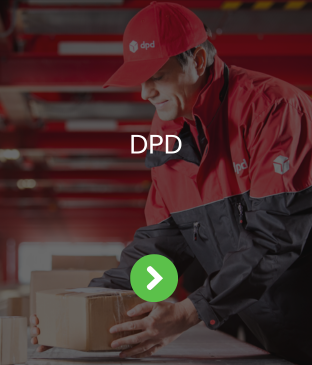You don't have any case studies about the products I am interested in buying.
We have lots of case studies from Consultancy and Visual Management we have implemented over the last few years. As our Factory Fit Out offering was only launched in 2022, we don't currently have any published case studies in this area. We do however have lots of installation images at clients sites that we can share with you if you pop us an email.
Are these all the case studies you have?
Yes, these are all of the published case studies we have. We do however have a lot of images of work we have done for other companies. Just ask us, and we will supply you with some.












